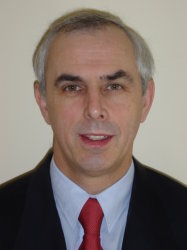BibTex format
@article{Sun:2020:10.1016/j.cej.2020.125505,
author = {Sun, Y and Yu, IKM and Tsang, DCW and Fan, J and Clark, JH and Luo, G and Zhang, S and Khan, E and Graham, NJD},
doi = {10.1016/j.cej.2020.125505},
journal = {Chemical Engineering Journal},
pages = {1--10},
title = {Tailored design of graphitic biochar for high-efficiency and chemical-free microwave-assisted removal of refractory organic contaminants},
url = {http://dx.doi.org/10.1016/j.cej.2020.125505},
volume = {398},
year = {2020}
}

